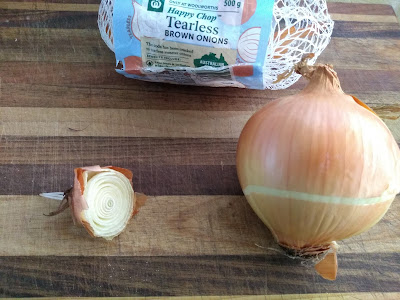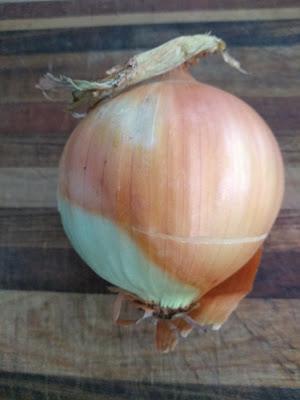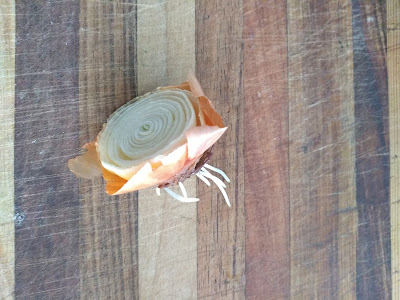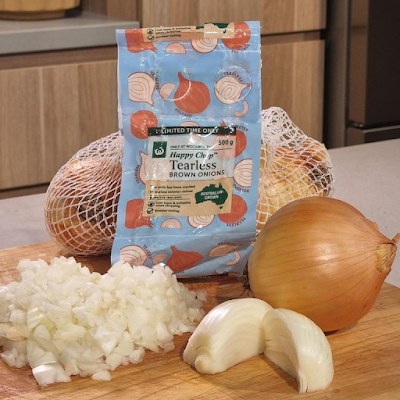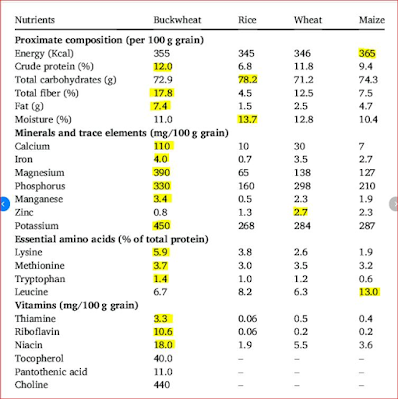Even when I was young I knew (from experience) that if I used poultry manure straight away it would burn plants. Instead, I would dig it into the garden, and let it sit over winter to do whatever it needed to do. When the weather had warmed enough that I could plant out summer crops the poultry manure had aged enough not to cause any damage. It worked well and I did this for years.
I few years ago I bought some soil to top up a few raised garden beds. This new soil is dreadful. One of its many issues is that plants growing in it show obvious signs of nutrient deficiencies.
 |
| Poultry manure is great fertiliser |
These days I probably could buy fertiliser if I wanted to, but I don’t want to. I grow everything organically. To increase soil fertility I still use poultry manure from my chickens, I also use home made compost, vermicompost, and green manure.
 |
| Poultry turn weeds and insects into fertiliser |
The thirteen essential nutrients for plants growth are nitrogen (N), phosphorous (P), potassium (K), calcium (Ca), magnesium (Mg), sulphur (S), manganese (Mn), copper (Cu), zinc (Zn), chlorine (Cl), boron (B), iron (Fe), and molybdenum (Mo). According to everything I read, poultry manure contains all 13 of these main nutrients needed by plants. Poultry manure contains roughly 3-5% nitrogen, 1.5-3.5% phosphorus, 1.5-3% potassium, and a considerable amount of each of the micronutrients. This means that mixing poultry manure through the soil should add everything that is missing in amounts that are worthwhile. Adding poultry manure should go a long way to fixing any nutrient deficiencies of my soil.
Some nutrients may be present in the soil in good amounts, but are not available if the pH is too high or too low. The soil in my raised garden beds is currently a bit too high. The pH of poultry manure is usually 6-7. Adding poultry manure certainly won't correct my pH problem, but also won't make it any worse.
 |
| Even these cuties produce a lot of waste |
When I clean out my chicken house, I am not just scooping pure manure. What I am digging out is probably better called 'chicken litter'. Chicken litter contains feathers and straw and things that are mixed in with the manure. This not only provides essential macro and micronutrients, it is also rich in carbon. All of this is good for soil health.
Nitrogen comes in a few forms, and this is important to know. The 'inorganic forms' of nitrogen (ammonium and nitrate) can be immediately used by plants, while 'organic forms' of nitrogen (I am using the scientific definition of an ‘organic compound’) must be mineralized (converted in form by soil bacteria) before it is available to plants. Don't be confused by this, I am not talking about farming organically vs using synthetic fertilisers, I am talking about organic compounds and their need to be mineralised prior to being available to plants.
From what I read it appears that most of the nitrogen in poultry litter is in an organic form (about 89%), but poultry litter also contains ammonium (about 9%) and a small amount of nitrate (about 2%). Poultry litter contains 3-5% nitrogen, of which about 11% is immediately available to plants, while the rest is slowly converted to usable forms by soil bacteria. This nitrogen becomes available to plants as they need it throughout the growing season. This is all good for my soil.










